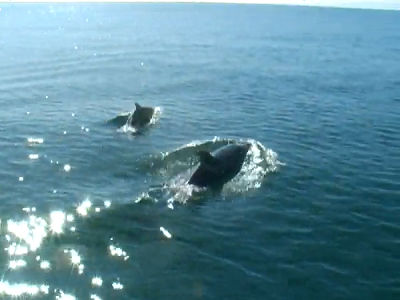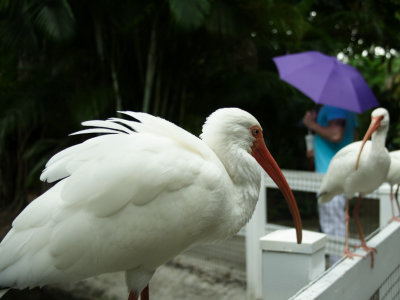Penguins found to be able to fire poops up to 1.34 meters away, surpassing Ig Nobel Prize-winning research

[2007.00926v1] Projectile Trajectory of Penguin's Faeces and Rectal Pressure Revisited
https://arxiv.org/abs/2007.00926v1
The explosive physics of pooping penguins: they can shoot poo over four feet | Ars Technica
https://arstechnica.com/science/2020/07/poopy-projectiles-penguins-can-fling-their-feces-over-four-feet-study-finds/
You can watch the following movie to see how penguins poop.
Penguin Poo --YouTube
Victor Benno Meyerrojo, a 2003 research paper author and physicist , talks about his blog about how he started studying penguin droppings. According to it, when Mr. Meyer Rojo showed the students a picture of a penguin taken when he participated in the Antarctic survey in a lecture at Kitasato University in Japan, the student who was taking the course said, 'Why white from the penguins nest?' Is the pink line extending in a radial pattern? Is this a decoration? '
'The penguins stand up, move to the edge of the nest, turn around and lift their tails to defecate, leaving a 30-40 cm semi-liquid white substance behind the penguins,' Meyerloho told the students. In addition, it is said that the color of the feces differs depending on the penguin's food, so if you eat fish, the feces will turn white, and if you eat krill, it will turn pinkish.
The lecture room was filled with laughter, but Meyer Rojo claims, 'This is not a silly question.' In response to this student's question, Meyer Rojo calculated the length of the line extending from the nest, the height above the nest and the cloaca of the penguins, and also measured the stickiness of the penguin droppings. Based on this information, Meyer Rojo and physicist Joseph Gull calculated the force required for the penguins to fly 30-40 cm of dung, and the pressure required for the penguins to eject the dung from the nest. Estimated.

The results show that the pressure at which penguins excrete feces can reach
However, Hiroyuki Tajima , a specially appointed assistant professor at the Faculty of Science and Technology of Kochi University, and Fumiya Fujisawa, who belongs to the Katsurahama Aquarium in Kochi City, pointed out that the 2003 paper did not consider 'the trajectory of penguin dung.' Then, I published a draft paper showing the result of the calculation again.
Tajima and Fujisawa argue that the fecal ejection angle does not reach 0 degrees when the penguins are in a high breeding environment, for example when the penguins are standing on a rock during defecation. Based on this assumption, they calculated that the maximum ejection distance of penguin droppings was 1.34 meters.

However, it should be noted that this 1.34 meter figure is based on the assumption that 'penguin droppings are a perfect fluid' in the calculation.
* However, at this time, the stomach is broken and the liquid behaves as a perfect fluid.
— Hiroyuki Tajima (@ HiroyukiTajima3) July 3, 2020
According to the draft paper, 'If there is viscous resistance in the feces, the installation time and flight distance of the penguin feces can be expressed by Lambert's W function.' Furthermore, the rectal pressure of the penguins required to achieve the orbit of radiation can be measured by combining Bernoulli's theorem and Hagen-Poiseuille's equation, and when actually calculated, Meyer Rojo et al. They report that the results were slightly higher than the estimates made.
In addition, Mr. Tajima and Mr. Fujisawa commented on the motive of the research, 'In a breeding environment like an aquarium, penguin droppings can be confusing to the keeper. Knowing how far the penguin droppings reach. That is practically important. Such information will save the keeper from the crisis, and avoiding such accidents is also useful for training keeper beginners. '
Related Posts:







